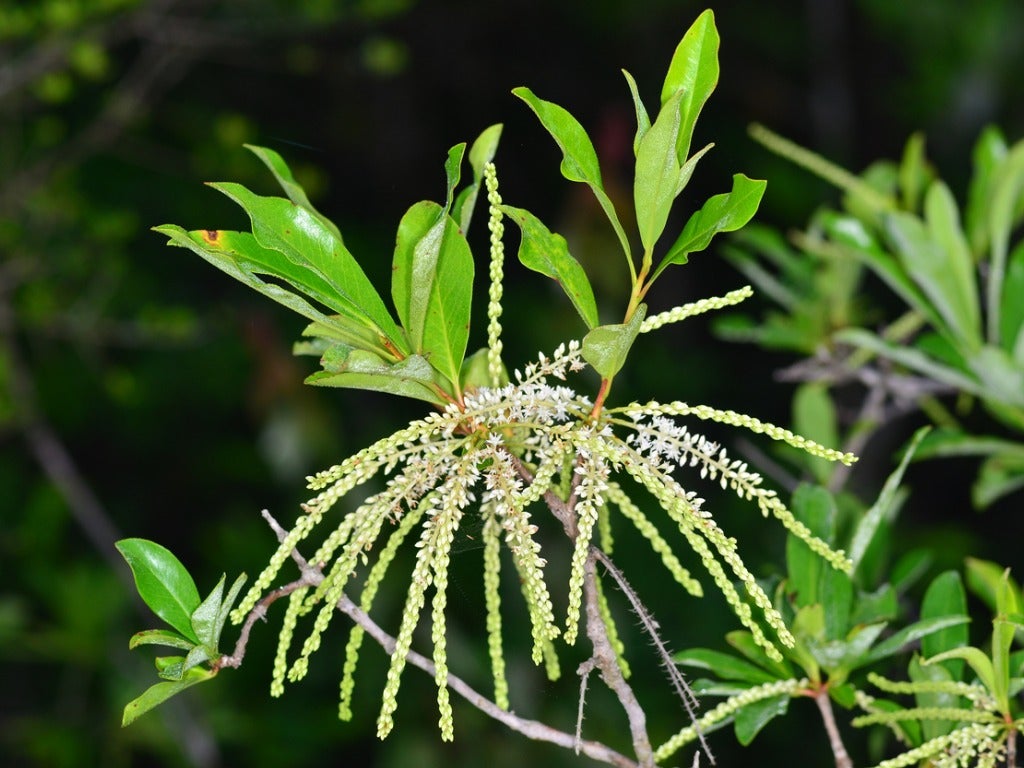Spring Vs. Summer Titi: Differences Between Spring And Summer Titi Plants


With names like spring and summer titi, you may think these two plants are alike. It is true that they share many similarities, but their differences are also notable, and in some cases, important to take note of.
Spring vs. Summer Titi
How to tell spring and summer titi apart? What are the differences between spring and summer titi? Let’s begin with the similarities:
- Summer titi and spring titi are both shrubby, moisture-loving plants that grow best in riparian areas, such as bogs or along stream banks.
- Both are native to the warm, tropical climates of the southeastern United States, as well as parts of Mexico and South America.
- They are primarily evergreen, but some of the leaves may turn color in fall. However, both tend to be deciduous in the cooler, northern region of its growing range. Both are suitable for growing in USDA plant hardiness zones 7b to 8b.
- The shrubs produce lovely blooms that are attractive to pollinators.
Now that we’ve touched on the similarities, let’s explore the differences between spring and summer titi:
- The first major difference is that these two plants, while sharing “titi” in their names, are not related. They each belong to different genus groups.
- Neither of these shrubs bloom at the same time. In fact, this is where their seasonal names come into play, with spring titi blooming in spring and summer titi following suit with blloms appearing in summer.
- Spring titi plants are safe for pollinating bees, whereas the summer titi nectar can be toxic.
There are other differences that can help you figure out how to tell spring and summer titi apart too.
- Spring titi (Cliftonia monophyla) – Also known as black titi, buckwheat tree, ironwood, or cliftonia, produces clusters of white to pinkish-white blooms in early spring. The fleshy, winged fruit resembles buckwheat. Depending on temperatures, the foliage turns scarlet in winter. Black titi is the smallest of the two, reaching mature heights of 15 to 20 feet (4.5-6 m.), with a spread of 8 to 12 feet (2.5-3.5 m.).
- Summer titi (Cyrilla racemiflora) – Also known as red titi, swamp cyrilla, or leatherwood, summer titi produces slender spikes of fragrant, white flowers in summer. Fruit consists of yellow-brown capsules that last into the winter months. Depending on temperatures, the foliage may turn orange to maroon in fall. Red titi is a larger plant, reaching a height of 10 to 25 feet (3-7.5 m.), with a spread of 10 to 20 feet (3-6 m.).
Sign up for the Gardening Know How newsletter today and receive a free copy of our e-book "How to Grow Delicious Tomatoes".

A Credentialed Garden Writer, Mary H. Dyer was with Gardening Know How in the very beginning, publishing articles as early as 2007.